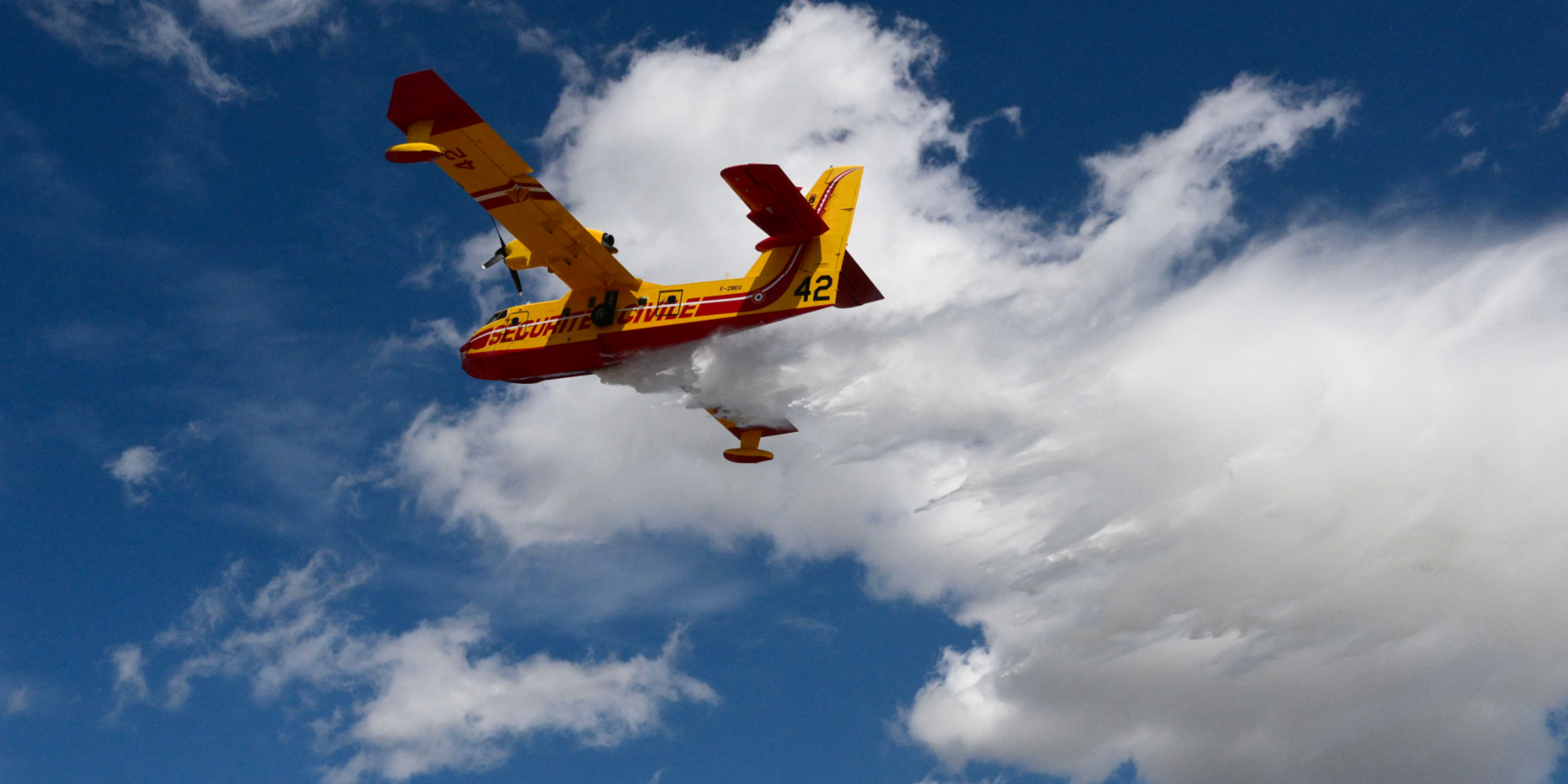Caroline Baudry / Photo credit: CHRISTOPHE SIMON / AFP 08:01, June 02, 2023
At the foot of the Dash and Canadair placed on the air base of the Civil Security, Emmanuel Macron will meet this Friday actors of the fight against the fires near Nimes in the Gard. Faced with increasingly intense and frequent fires, the firefighters' resources have been strengthened: nine new aerial aircraft have been delivered.Emmanuel Macron is traveling in the Gard this Friday to prepare the summer with the actors in charge of firefighting. In 2022, 72,000 hectares, including 60,000 hectares of forests, went up in smoke in France. This is six times more than the average of recent years. The summer of 2023 promises to be particularly dry and hot. As we have known since last year, the delivery of new Canadair will not take place before 2026, the time for the Canadian aircraft manufacturer to restart its production line. But in the meantime, the fleet has grown from 38 to 47 planes and helicopters with nine new aircraft.
>> Find Europe Matin in replay and podcast here
Three helicopters, two Dash planes, four Air Tractor planes...
Among these new aircraft are three helicopters that sneak in and water the most inaccessible areas, two Dash planes that carry twice as much water or retardant liquids, ideal for high vegetation fires, but must land on an airport runway. There are also four Air Tractor planes, this small spreading machine perfect for drowning the ground, only needs a summary runway of 600 meters to take off.
"What is a real novelty, a real plus, is to have a multiplicity of means, the right machine, depending on the type of risk we have on each vegetation. The Canadair is a real effective tool, but if there are no lakes or large bodies of water, it will not be useful," explains Eric Forest, vice-president of the National Federation of Firefighters.
>> READ ALSO – How will work the "weather of the forests", this new tool of fire prevention
First national coordination
The 47 planes and helicopters will be based in Nimes, in the southeast. They can be positioned, that is to say deployed throughout the country. This is the first time that national coordination has been put in place. It will be based on a new forecasting system, the forest weather. This novelty identifies the risk areas to which the aircraft take off as quickly as possible.

